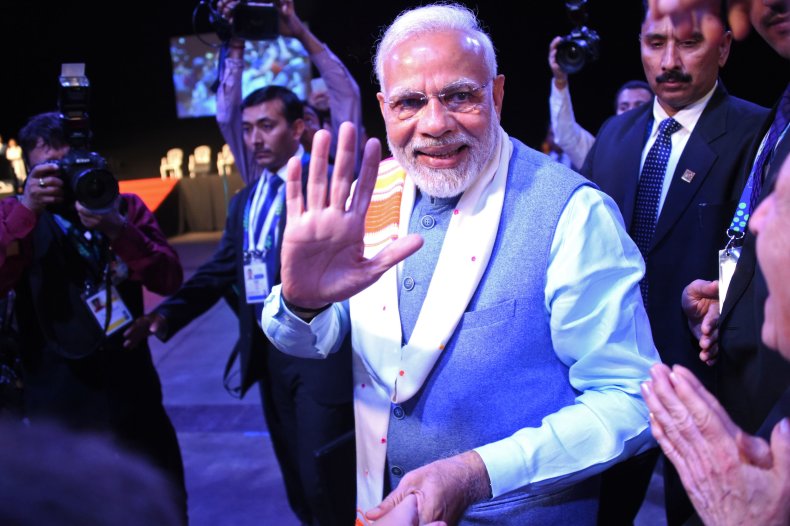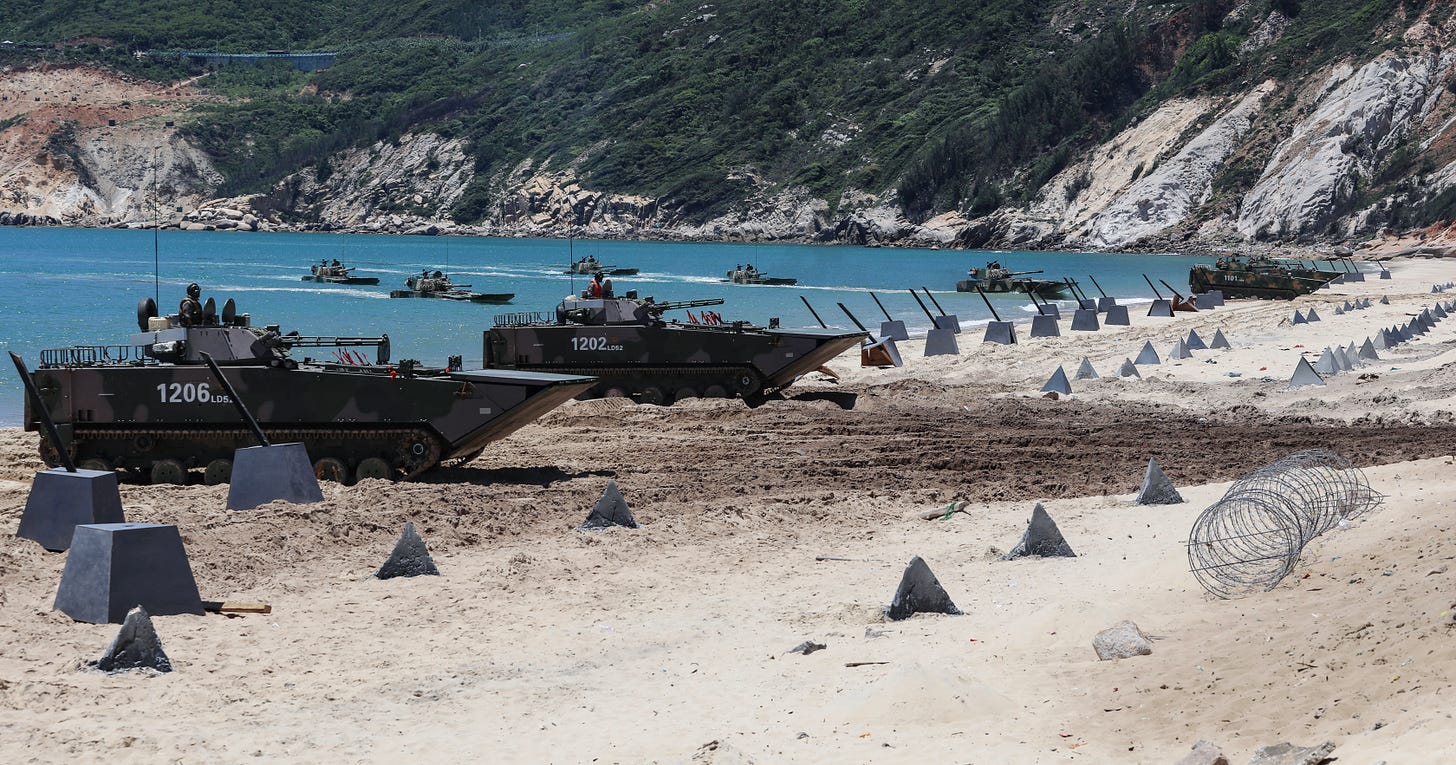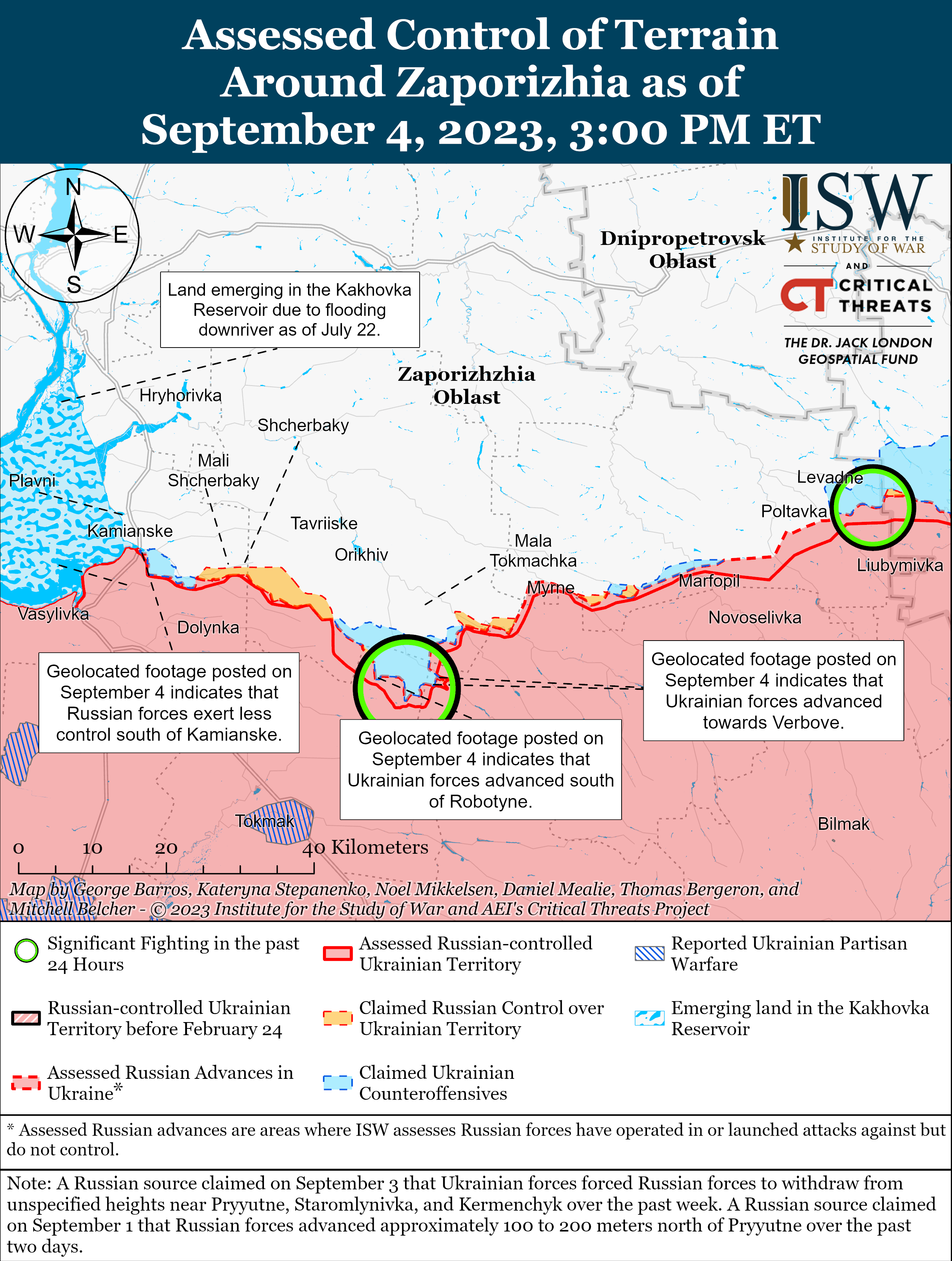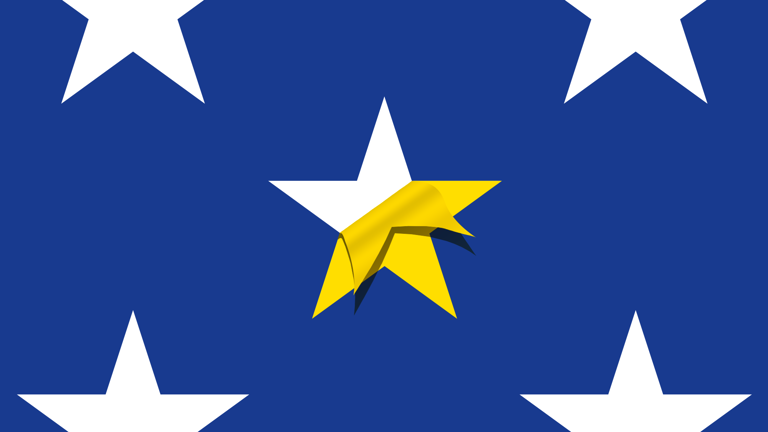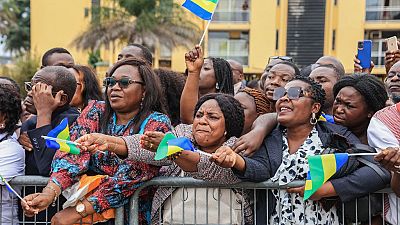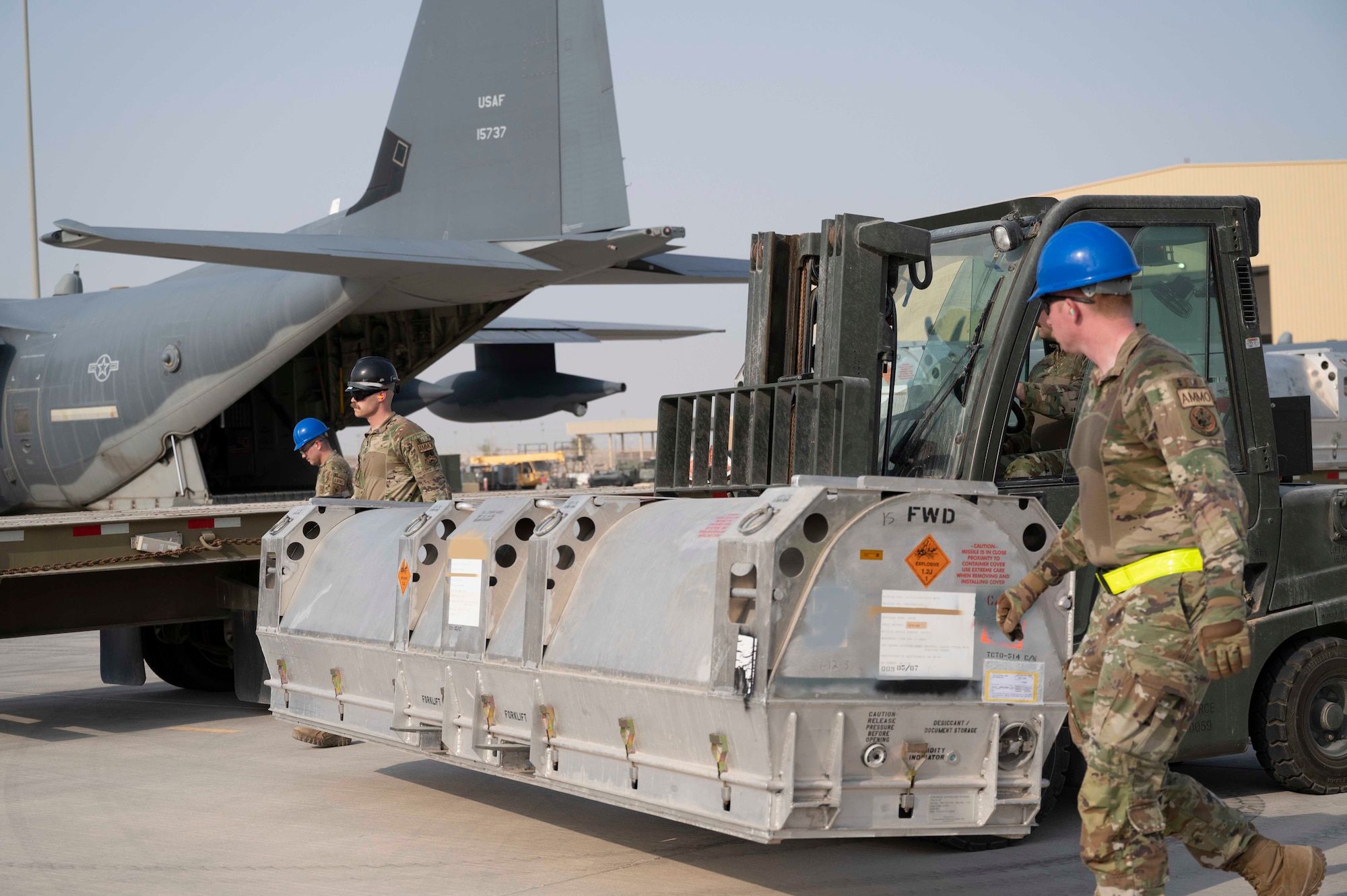
NEW DELHI: G20 leaders began to descend on New Delhi Friday, hoping to make progress on trade, climate and a host of other global problems despite the Chinese and Russian president’s skipping the summit.
The G20 was conceived in the throes of the 2008 financial crisis as a way of managing the global economy.
But as presidential and prime ministerial jets began landing in the Indian capital, the pointed absence of China’s Xi Jinping raised questions about what, if anything, the disparate bloc can still agree on.
As the summit was set to begin, officials had yet to achieve the normally routine task of smoothing over disagreements and finalizing a joint communique for leaders to sign off on.
No official reason has been given for Xi’s no-show, but China has been open about its desire to upend traditionally US-led groupings such as the G20 and replace them with something more amenable to Beijing’s interests.
Xi will instead host the leaders of Venezuela and Zambia in Beijing.
Diplomatic opprobrium and war crimes charges are also keeping Russian leader Vladimir Putin away, although Moscow continues to press allies to water down international condemnation of its invasion of Ukraine.
“Once again, Vladimir Putin is failing to show his face at the G20,” said British Prime Minister Rishi Sunak.
“He is the architect of his own diplomatic exile, isolating himself in his presidential palace and blocking out criticism and reality.”
